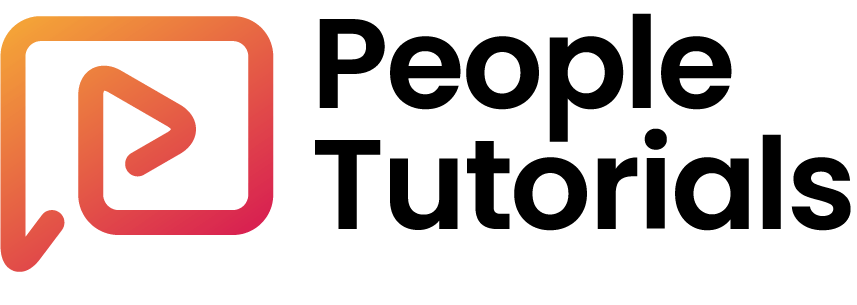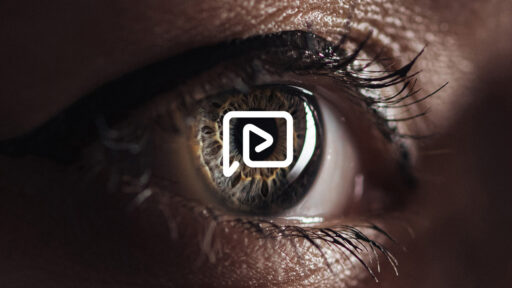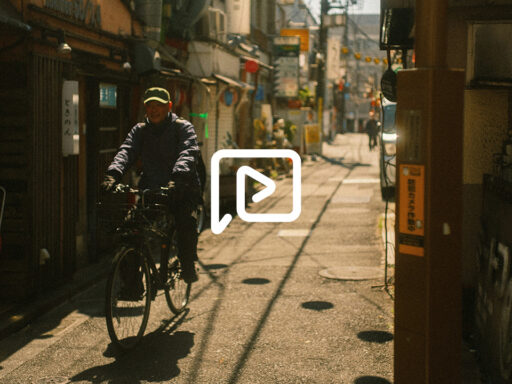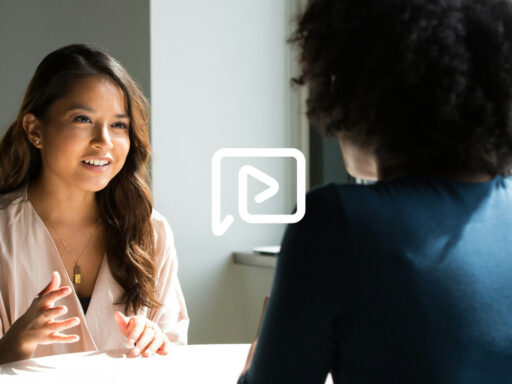We are living in an age where our attention is in constant demand. But how much of what we see do we truly process? It’s a deep question, one that brings us to a simple yet profound truth: to see is to understand.
Leonardo da Vinci attributed all of his groundbreaking ideas to something he called saper vede—which translates to “knowing how to see.” This idea, deceptively simple, implies that seeing is a learned skill, not an automatic response. It’s the concept explored in Amy E. Herman’s Visual Intelligence, a book that shows us how art can train our minds to truly observe, to look beyond the surface.
But here’s the thing: what we perceive is not always what we process. The human brain has an incredible capacity for storage—between 10 terabytes and 2.5 petabytes of data. That’s around 20,000 iPhones packed into our skulls. But not all that data is used consciously. Much like when you check your phone’s storage, a chunk of that brain capacity is dedicated to the system—stuff that runs in the background.
You don’t actively think about your heartbeat, your breath, or the adjustments your body makes to keep you balanced, but your brain is managing all of that seamlessly, without you even realizing it.
This is what I mean when I say that observation goes beyond seeing. It’s about shifting your focus from the background noise to the meaningful signals. Imagine trying to balance on an exercise ball. Your body twitches in response to tiny imbalances, constantly adjusting to maintain your position. Your body doesn’t just see you teetering; it’s calculating, managing, reacting, all to keep you upright. And that’s what your brain does with every movement you make.
Your brain is a maestro, coordinating a symphony of actions for every task. Want to pick up an apple? Your brain doesn’t just issue the command. It allocates energy, oxygen, glucose—all the fuel needed to move the muscles, to coordinate the movement with precision. It’s economy at its finest.
Now let’s layer this with the concept of vision—our dominant sense. The visual system alone takes up 25% of the brain’s resources. Over 65% of our brain’s pathways are dedicated to processing visual information. That’s more than any other sense. Think about it: when you look at a desk, your brain doesn’t just recognize it as a flat surface with a few items on it. It knows the function of the desk, the fact that you can write on it. It understands the context. It knows what to do with it.
Then, to make things even more complex, we layer on cultural interpretation. We don’t just see; we filter. We interpret. We attach meaning. This happens on autopilot, as our brains rapidly process everything, from survival cues to what we should remember or forget.
This is where it gets interesting—how does all this processing work in the age of social media? Every post we scroll through gets processed by the same neural mechanisms. Our brains are constantly filtering, categorizing, and storing what’s important for our survival.
Our ancestors didn’t have Instagram, but they did need to know which berries were safe to eat and which were poisonous. Evolution has wired our brains to prioritize what’s useful for survival—and everything else comes second.
So, how do we cut through all that noise? How do we actually observe, without just skimming the surface?
- Slow Down: The brain can only deeply process one thing at a time. We live in a world that encourages us to multitask, but the truth is, multitasking dilutes our ability to focus. To observe truly, we must slow down and engage fully with what’s in front of us.
- Fuel Your Brain: What we eat, how much we sleep, and how hydrated we stay all affect our brain’s ability to process. Without proper fuel, your brain doesn’t have the energy to observe deeply, let alone process complex thoughts.
- Understand Anxiety: Anxiety is not just stress—it’s energy spent preparing for an event that hasn’t happened yet. It’s your brain running through a thousand possible scenarios before settling on one. Anxiety is a drain on your mental resources. To observe better, we must recognize anxiety’s role, understand it, and let it pass without hijacking our focus.
- Observe with Context: You can’t learn something if you don’t understand why it matters. Context is everything. If you’re an athlete pushing through training pain, you know you’re working toward Olympic glory. The context makes it easier to endure. Similarly, when you read a book or learn a new skill, you need a framework to place that knowledge into. Without context, it’s just a jumble of facts. But with context, everything falls into place.
- Connect Repeatedly: The brain is a network of pathways. To create memories, to truly understand something, we need to make connections—many of them. Practice and repetition build these connections, and with every new pathway, we deepen our understanding. The more we connect an idea, the clearer it becomes.
As creatives, we often feel guilty about “just observing” an idea. But creation isn’t about inventing something entirely new—it’s about connecting dots in novel ways. Nature is the ultimate creator. Every technological advance, every breakthrough, is just an innovation based on an observation of nature.
So, give yourself permission to observe. Let your mind wander, let it connect the dots, and see where it takes you. You’re not just looking—you’re learning to see, to connect, and to create something entirely new from what’s already been there all along.
Push your mind. See beyond the obvious.
